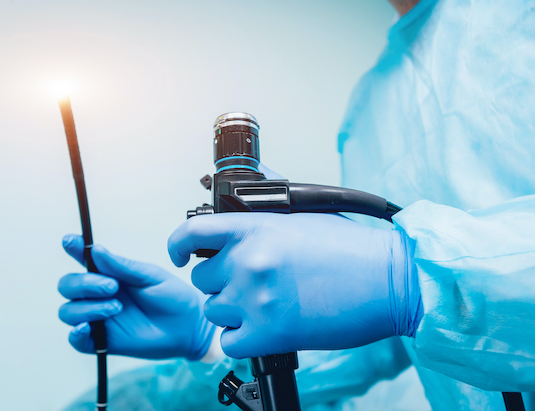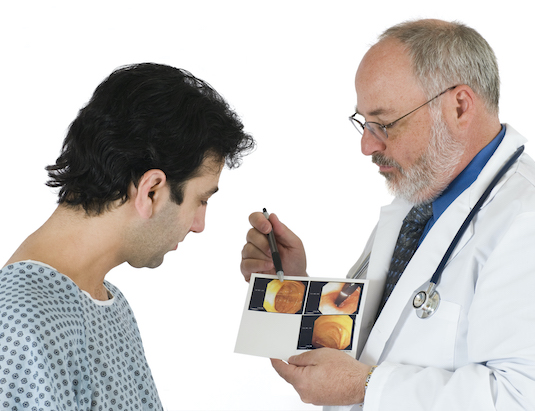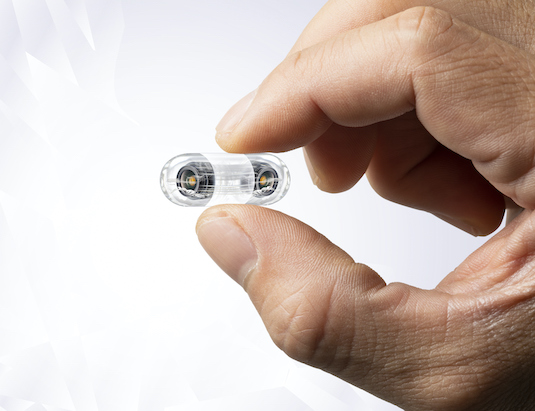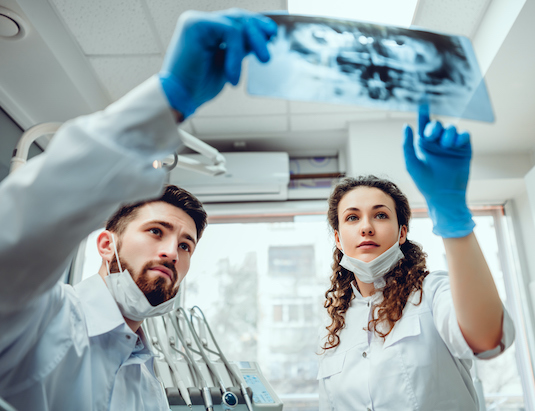Biofeedback for pelvic floor muscle retraining is a treatment to help patients learn to strengthen or relax their pelvic floor muscles in order to improve bowel or bladder function and decrease some types of pelvic floor pain. It is a painless process that uses special sensors and a computer monitor to display information about muscle activity.
The lower digestive system consists of the large intestine (ascending colon, transverse colon, descending colon, and sigmoid colon), rectum and anus. The rectum acts as a temporary storage area for feces — the waste product of the digestive system.
This highly effective (99.1%), minimally invasive procedure is performed in our offices in less than a minute. We make recommendations to reduce the chance of recurrence later (currently 5% in 2 years). If there are multiple hemorrhoids, we treat them one at a time in separate visits.

Upper GI endoscopy is a procedure that uses a lighted, flexible endoscope to see inside the upper GI tract. The upper GI tract includes the esophagus, stomach, and duodenum—the first part of the small intestine. Upper GI endoscopy is a procedure

Colonoscopy is a procedure used to see inside the colon and rectum. Colonoscopy can detect inflamed tissue, ulcers, and abnormal growths. The procedure is used to look for early signs of colorectal cancer and can help doctors diagnose unexplained changes

Capsule Endoscopy lets your doctor examine the lining of the middle part of your gastrointestinal tract, which includes the three portions of the small intestine (duodenum, jejunum, ileum). Your doctor will give you a pill-sized video camera for you to swallow.
